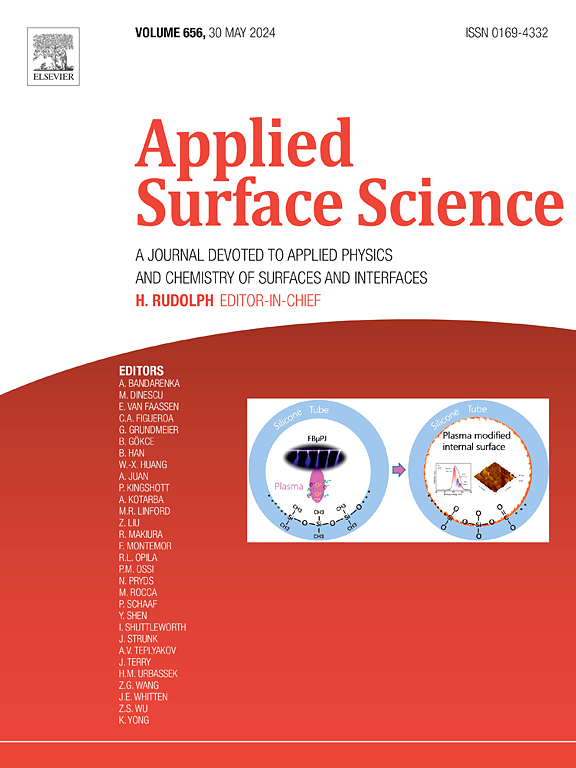Construction of a hydrangea-like core–shell structured GM@NiFe-LDH@PANI composite for efficient electromagnetic wave absorption
IF 6.9
2区 材料科学
Q2 CHEMISTRY, PHYSICAL
引用次数: 0
Abstract
In answer to the need for materials that absorb electromagnetic waves with great efficiency, this study reports the design and synthesis of a core–shell structured GM@NiFe-LDH@PANI composite. The material exhibits outstanding electromagnetic wave (EMW) absorption performance through multi-component synergy and multi-mechanism coupling. XRD and XPS analyses confirmed the material’s crystalline structure and chemical composition, while SEM images revealed the core–shell morphology, showing NiFe-LDH nanosheets uniformly anchored on glass microspheres (GM) surfaces, forming a hydrangea-like structure. Subsequent incorporation of polyaniline (PANI) further increased the heterojunction interface. Electromagnetic property measurements demonstrated that GNP-2 achieved optimal impedance matching at a thickness of 1.71 mm, resulting in a strong reflection loss of −52.86 dB and an effective absorption bandwidth of 4.72 GHz. The hydrangea-like NiFe-LDH structure enhances magnetic loss and promotes scattering and reflection through its porous framework, intensifying interfacial polarization effects. The conductive PANI shell, with its exposed active sites, facilitates EMW absorption through dipole polarization and conductive loss mechanisms. This core–shell porous design synergistically optimizes dielectric and magnetic losses. This composite material demonstrates considerable potential for electromagnetic compatibility applications in radar stealth, modern communication systems, and renewable energy devices.


一种类似绣球花的核壳结构GM@NiFe-LDH@聚苯胺复合材料的高效电磁波吸收
为了满足对高效吸收电磁波材料的需求,本研究报告了一种核壳结构GM@NiFe-LDH@聚苯胺复合材料的设计和合成。该材料通过多组分协同和多机制耦合表现出优异的电磁波吸收性能。XRD和XPS分析证实了材料的晶体结构和化学成分,而SEM图像显示了核壳形态,显示nfe - ldh纳米片均匀地锚定在玻璃微球(GM)表面,形成了类似绣球的结构。随后加入聚苯胺(PANI)进一步增加了异质结界面。电磁特性测量表明,GNP-2在厚度为1.71 mm时达到最佳阻抗匹配,反射损耗为- 52.86 dB,有效吸收带宽为4.72 GHz。绣球状nfe - ldh结构通过其多孔骨架增强了磁损耗,促进了散射和反射,强化了界面极化效应。具有暴露活性位点的导电聚苯胺壳通过偶极极化和导电损耗机制促进EMW吸收。这种核壳多孔设计协同优化介电和磁损耗。这种复合材料在雷达隐身、现代通信系统和可再生能源设备的电磁兼容性应用方面显示出相当大的潜力。
本文章由计算机程序翻译,如有差异,请以英文原文为准。
求助全文
约1分钟内获得全文
求助全文
来源期刊

Applied Surface Science
工程技术-材料科学:膜
CiteScore
12.50
自引率
7.50%
发文量
3393
审稿时长
67 days
期刊介绍:
Applied Surface Science covers topics contributing to a better understanding of surfaces, interfaces, nanostructures and their applications. The journal is concerned with scientific research on the atomic and molecular level of material properties determined with specific surface analytical techniques and/or computational methods, as well as the processing of such structures.
 求助内容:
求助内容: 应助结果提醒方式:
应助结果提醒方式:


